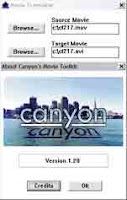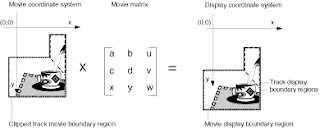You also can use ClipWrap to transcode files to Apple ProRes (decoder) or Avid DNxHD -- both have Windows playback codecs that can be downloaded and installed for free. To playback HDV rewrapped QuickTime files, you'll need to purchase an HDV codec from Calibrated Software.
 Calibrated Codecs were discussed by Adam Wilt on PVC; they let you use use MXF media natively in FCP and on Windows, and use FCP media on Windows and non-FCP Macs:
Calibrated Codecs were discussed by Adam Wilt on PVC; they let you use use MXF media natively in FCP and on Windows, and use FCP media on Windows and non-FCP Macs:
"Need to use MXF media (P2 DVCPRO/50/HD and AVC-I, IMX, XDCAM) natively in Final Cut Pro, or in Windows NLEs? Need to play FCP-captured or FCP-generated Quicktimes with HDV, DVCPRO50/HD, or XDCAM/HD/EX content on Windows machines, or on Macs without Final Cut Studio? Check out http://www.calibratedsoftware.com/welcome.html.
Importers and codecs available singly or in bundles, from $60 - $110 (with free, watermarked demo versions so you can see if they solve your problems before you spend your hard-earned). I haven’t tried ‘em myself but thought I’d pass on the info, because if this is the sort of thing you need, you really need it."

















